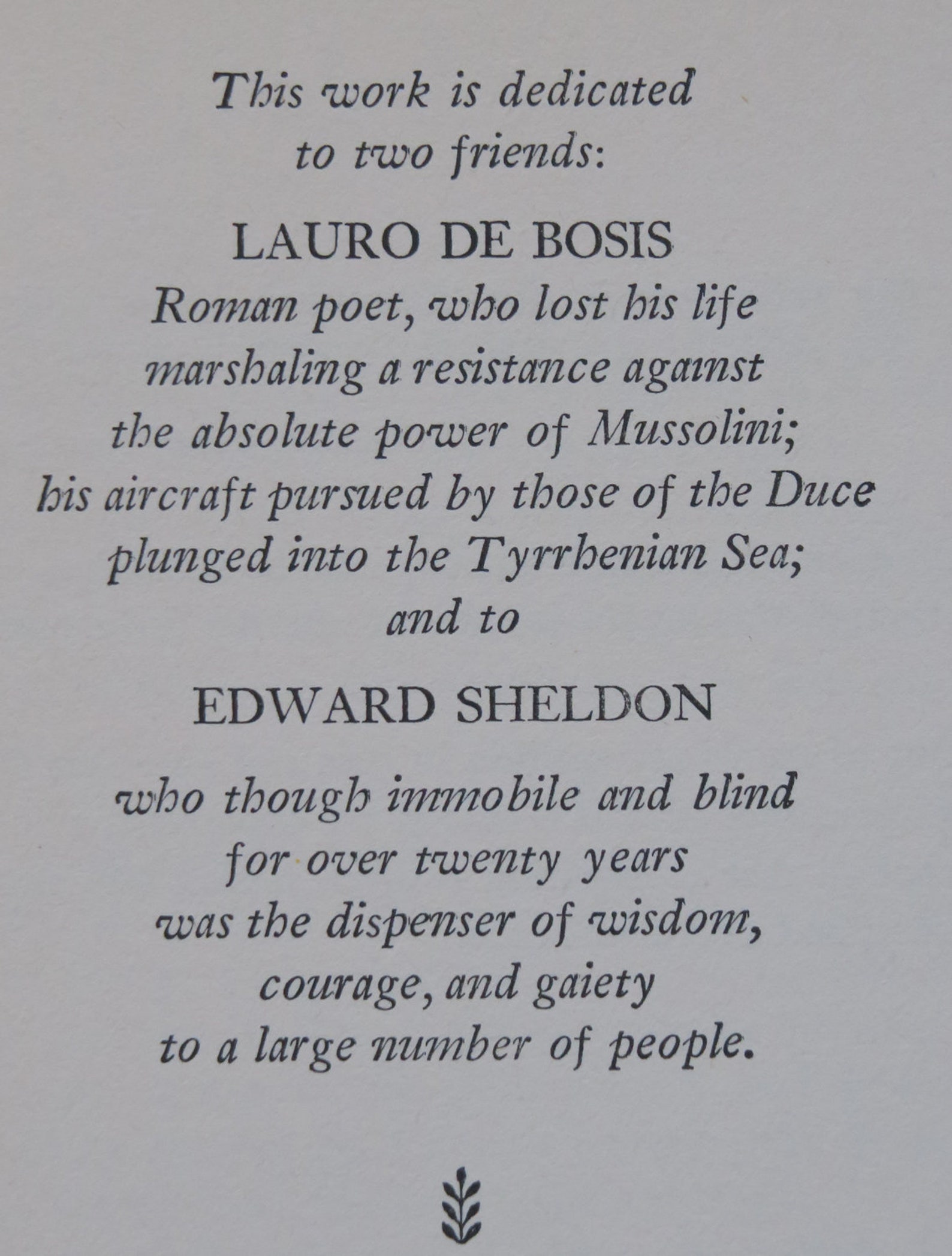

Though the novel describes events leading up to Caesar's assassination on 15 March 44 BC, a number of earlier events are described as if they were contemporary. The novel is divided into four books, each of which starts earlier and ends later than the previous book.Ĭatullus' poems and the closing section by Suetonius are the only documents of the book which are not imagined however, many of the events are historical, such as Cleopatra's visit to Rome. The novel deals with the characters and events leading to, and culminating in, the assassination of Julius Caesar. Historical reconstruction is not among the primary aims of this work'. It is, in the author's words, 'a fantasia on certain events and persons of the last days of the Roman republic. Wilder has a brilliant and an irresistibly convincing technique for historical novel writing, for it presents both authority and intimacy, and there is a strange excitement in their shared aegis.The Ides of March is an epistolary novel by Thornton Wilder that was published in 1948. Wilder calls "fantasia" that only another deep classical scholar could untangle them. Known historic fact and records are so commingled with what Mr. Its technique immediately convinces him that fact, and fact only, is passing before his eyes, for the entire book is made up of contemporary recordings, mostly in letters or journals, occasionally in official documents, sometimes of quotations from historians of a generation or so later. But his labeling of the novel as a "suppositional reconstruction" does not convince the reader that it is a fantasia, for never has a historical novel been written which gives the reader a more convincing sense of reality. It may be called a fantasia on certain events and persons of the last days of the Roman republic," declares Mr. "Historical reconstruction is not among the primary aims of this work.

The Ides of March has as background the six months which preceded the fatal Ides of March, 44 B.C.

Just as Thornton Wilder gave to creative philosophic novel writing a new pattern in his The Bridge of San Luis Rey, a new pattern to one-act plays in his The Long Christmas Dinner, and a new pattern to American folk drama in Our Town, he gives in The Ides of March a new pattern to the historical novel. Only those who are masters of the rules, down to their minutest details, can manipulate those rules creatively - that is, to create a new pattern of rules. In The Ides of March Thornton Wilder has, as he has always done in his writing, combined wide classical knowledge with true creative experimentation. Fanny Butcher’s original review of The Ides of March appeared in The Chicago Tribune on February 22, 1948.


 0 kommentar(er)
0 kommentar(er)
